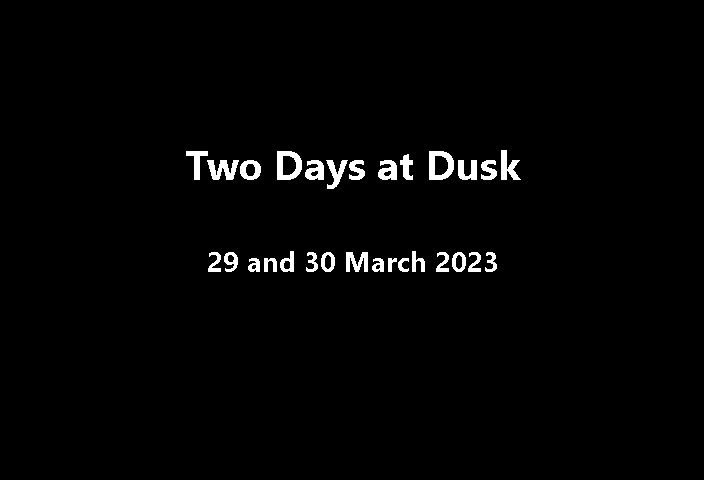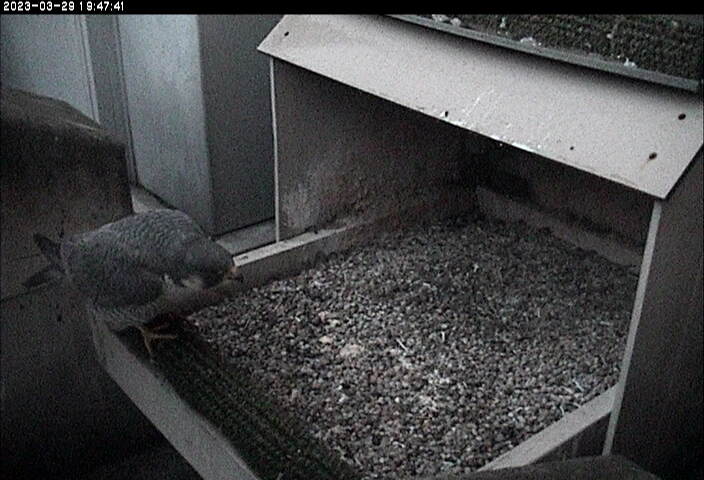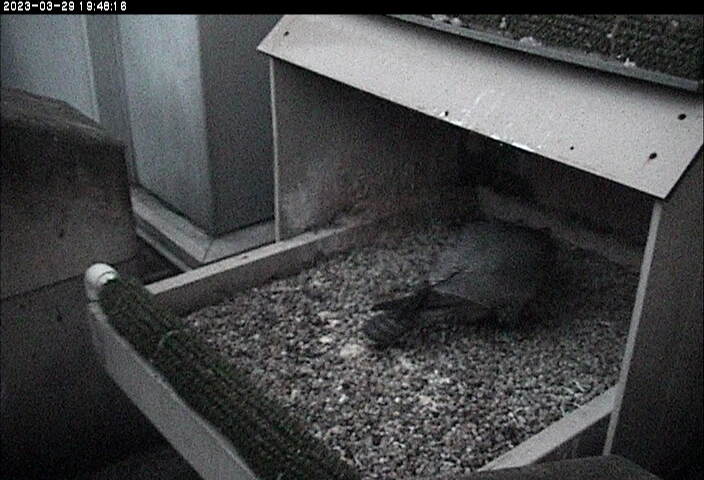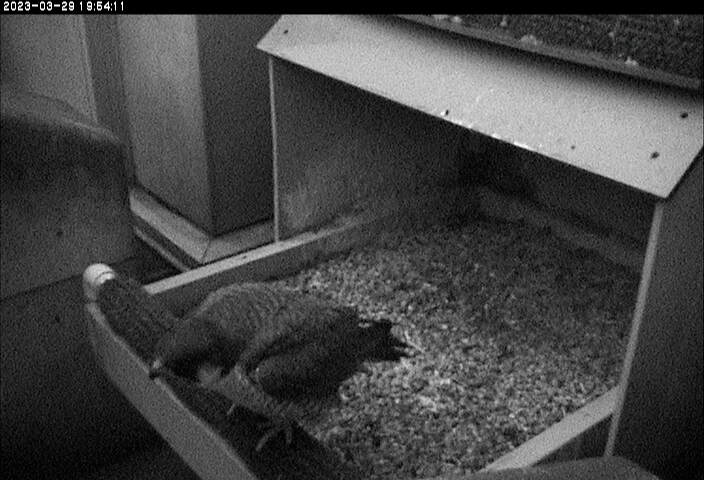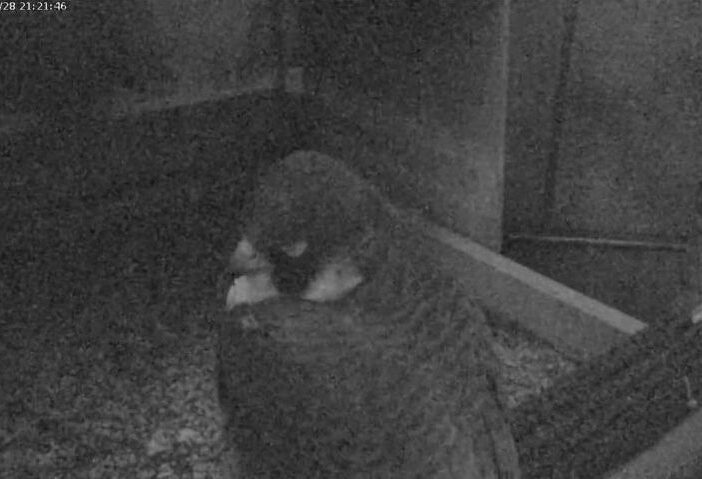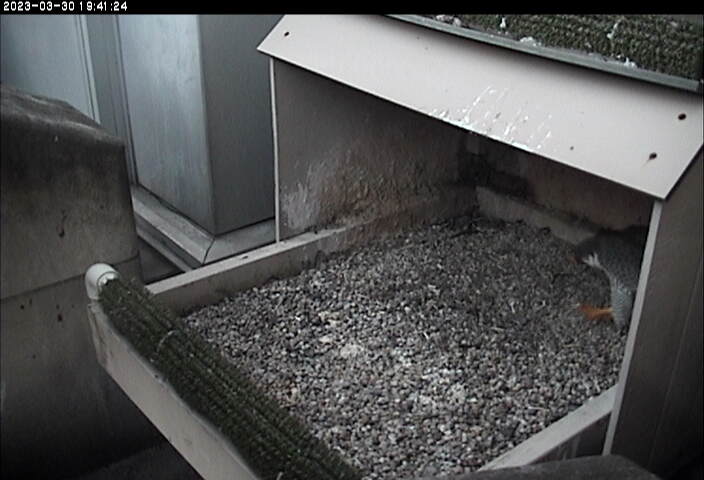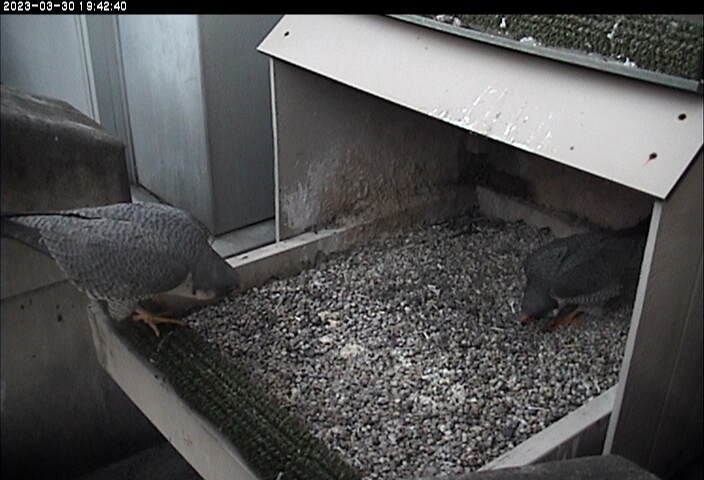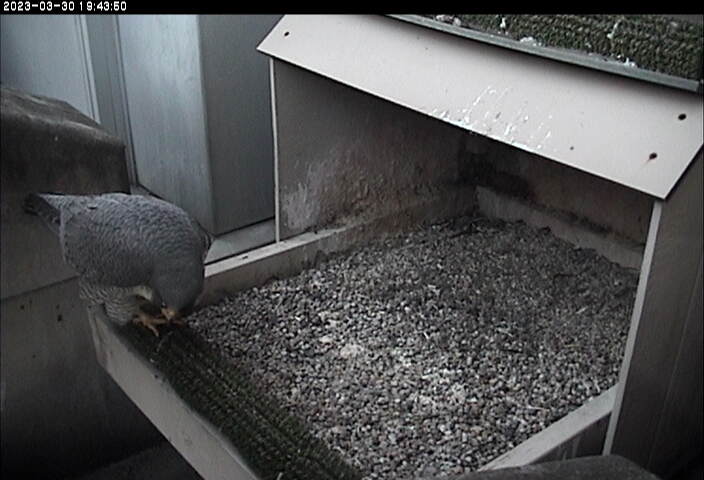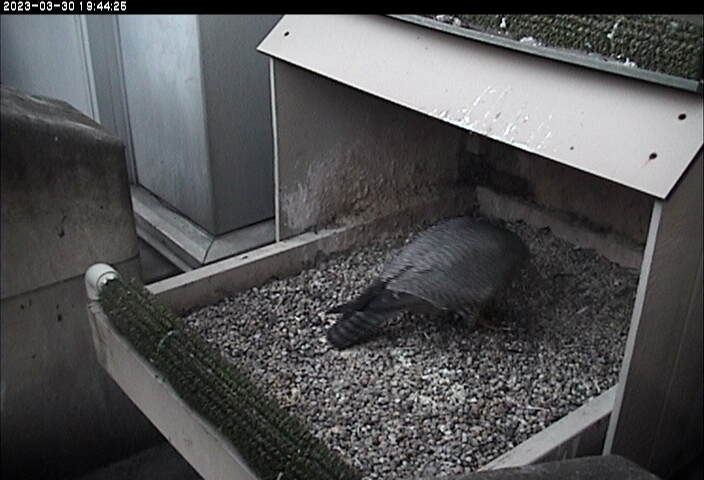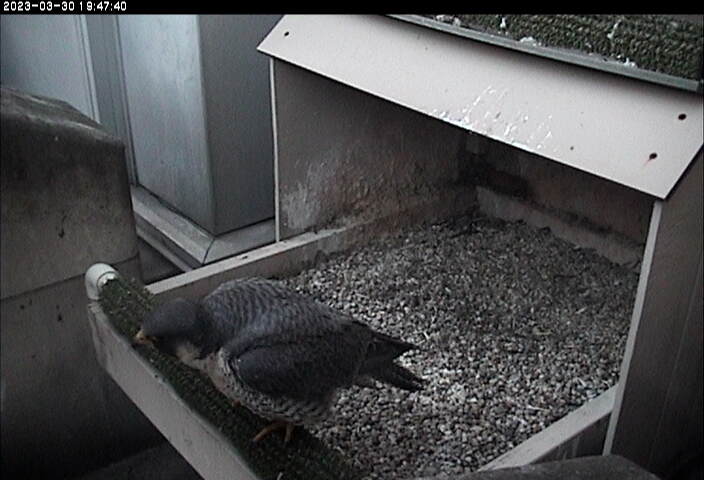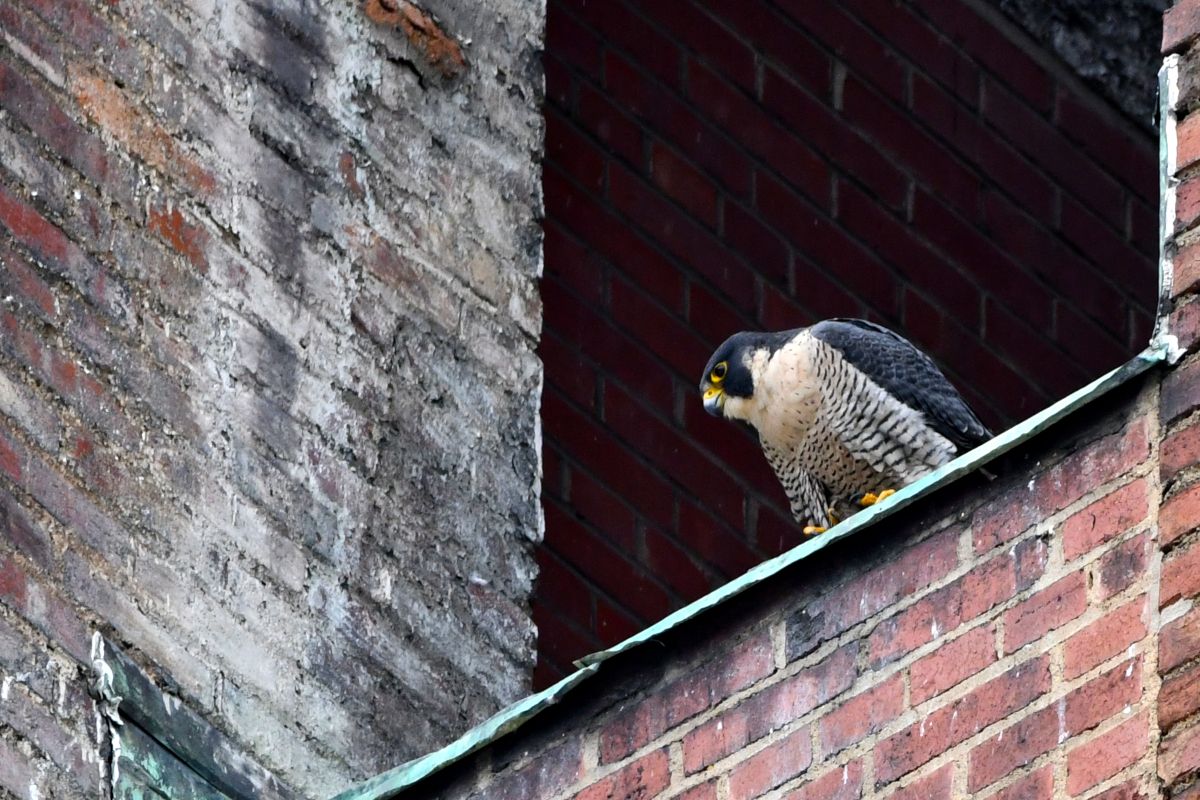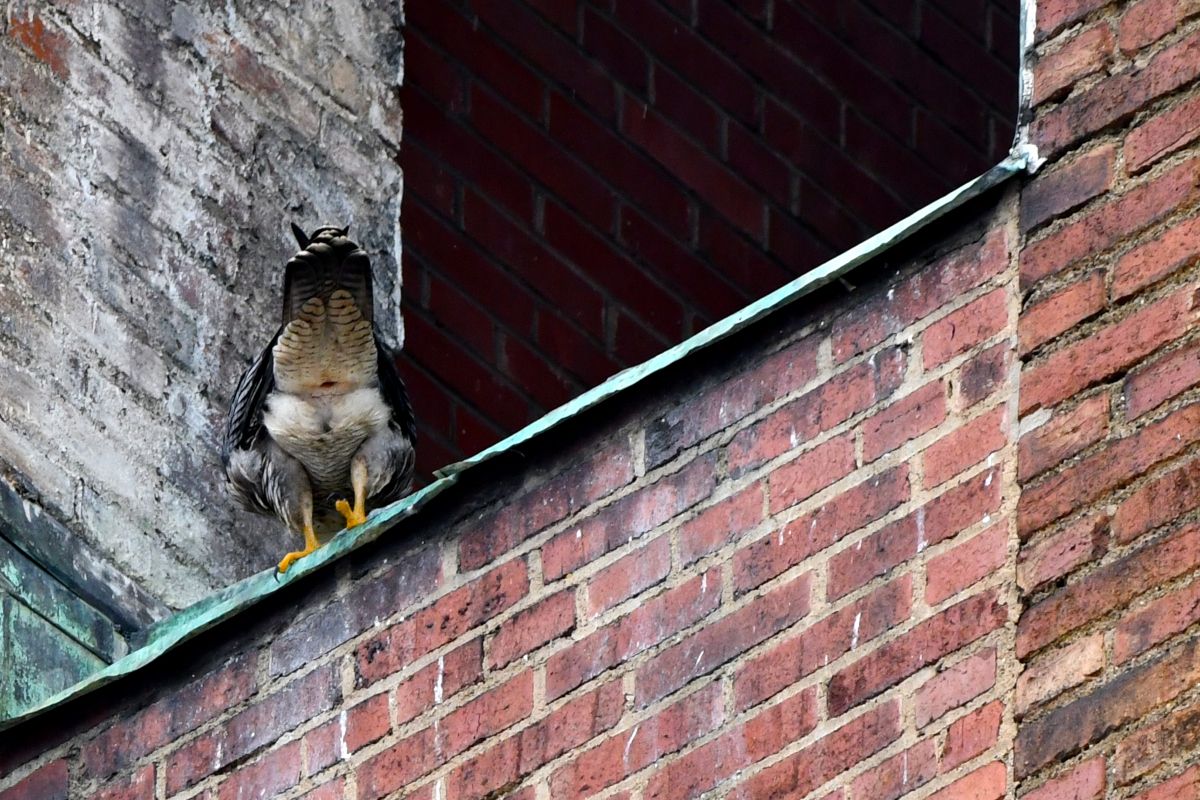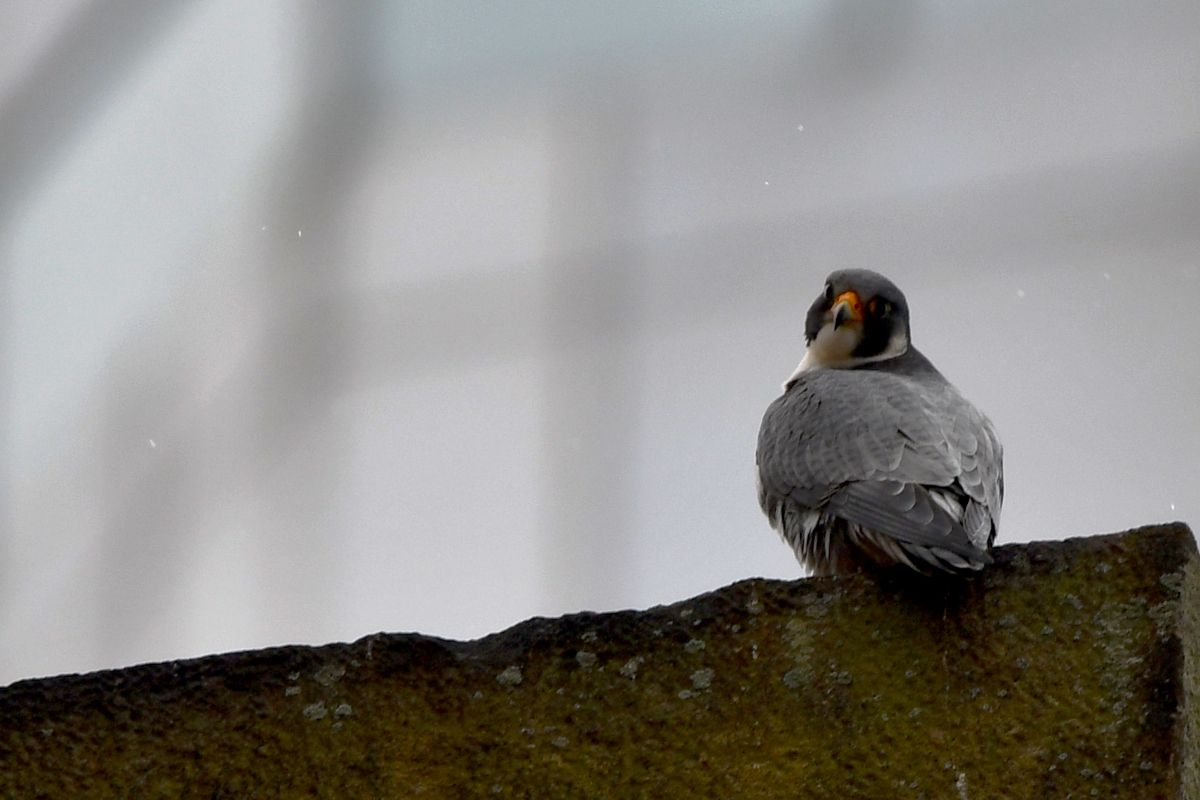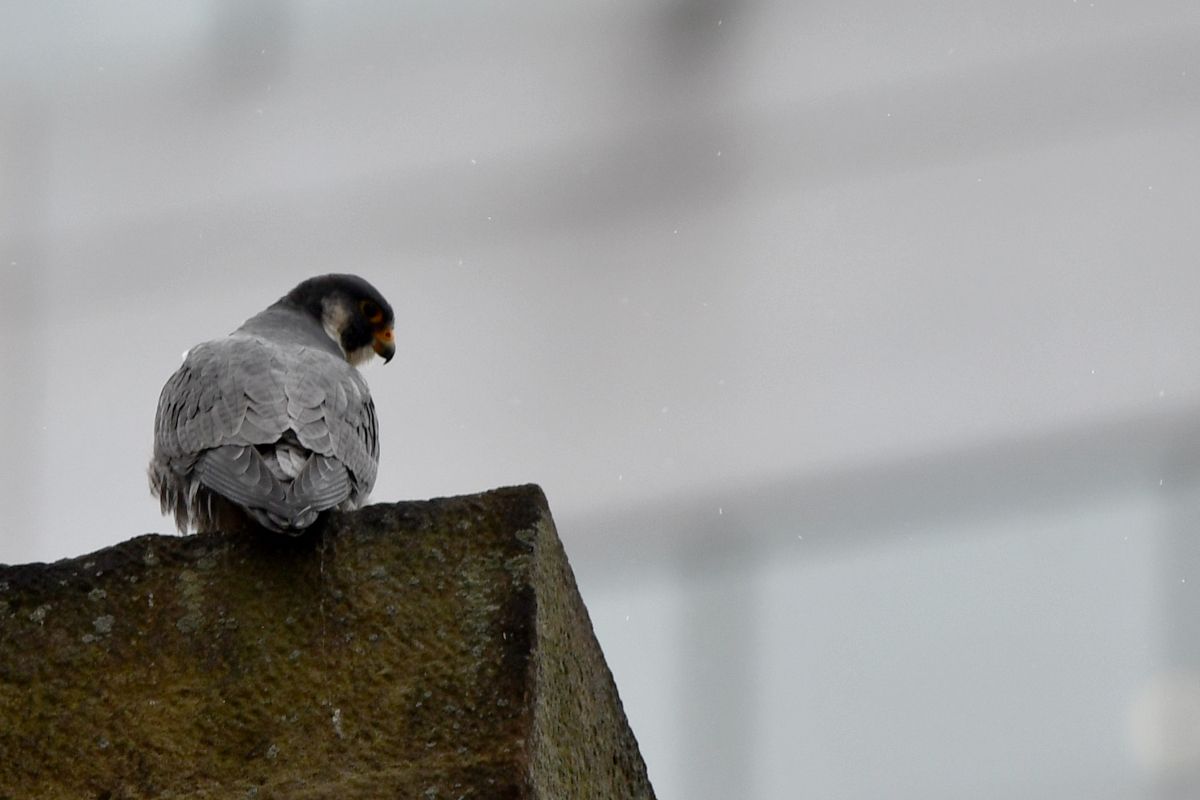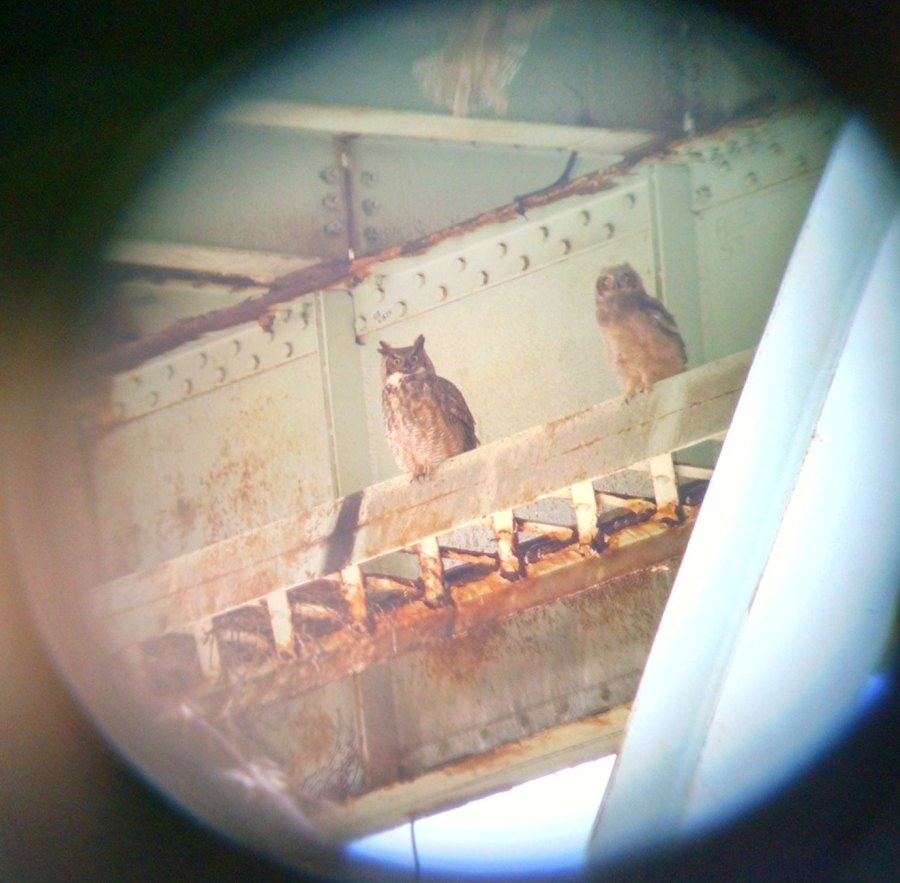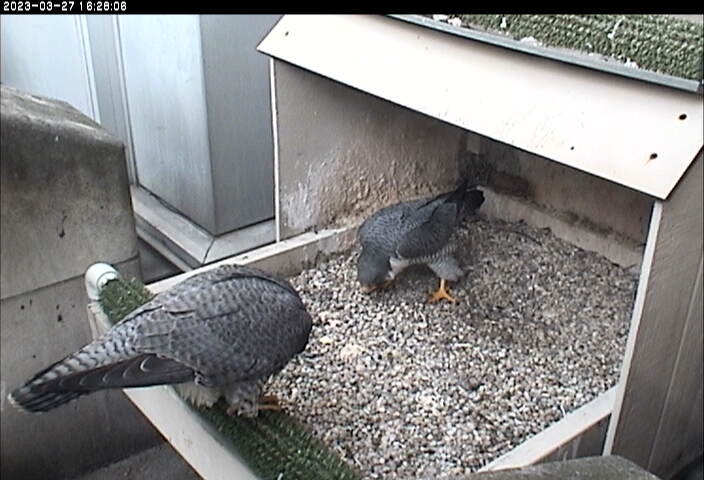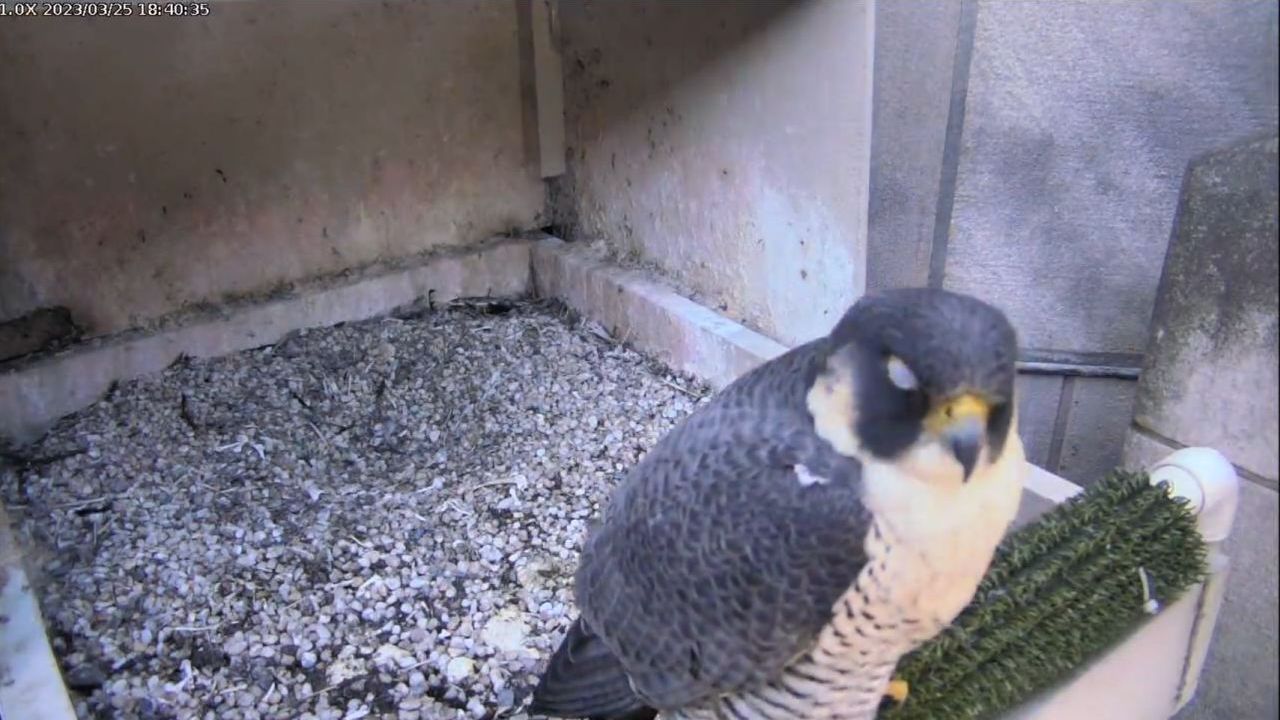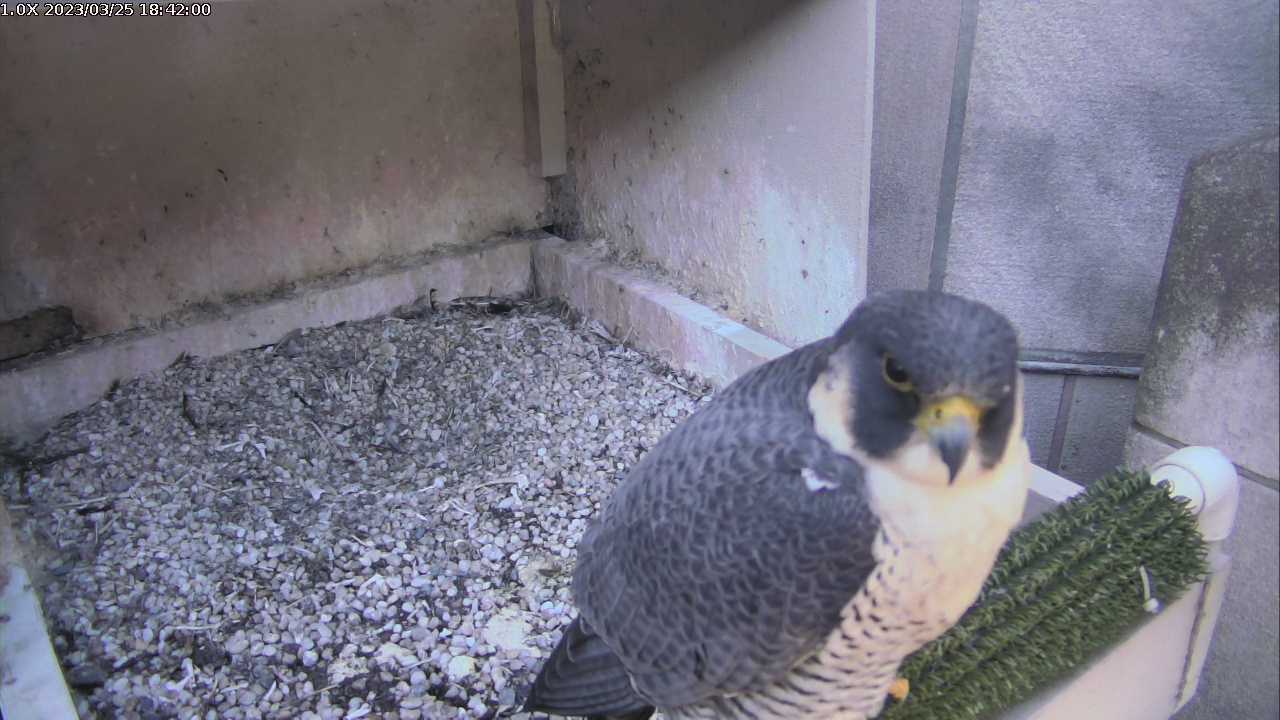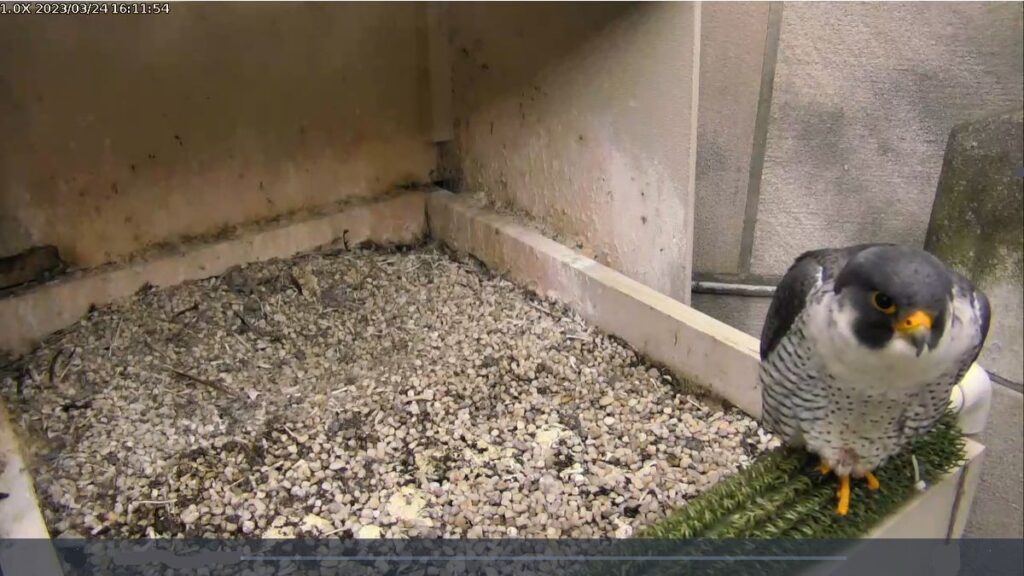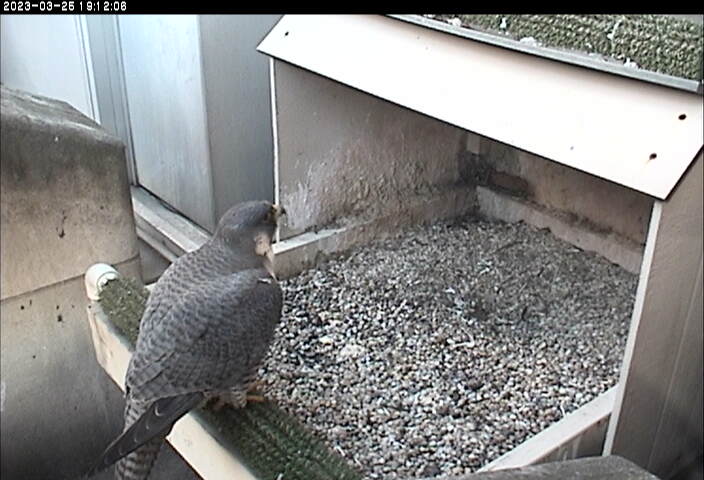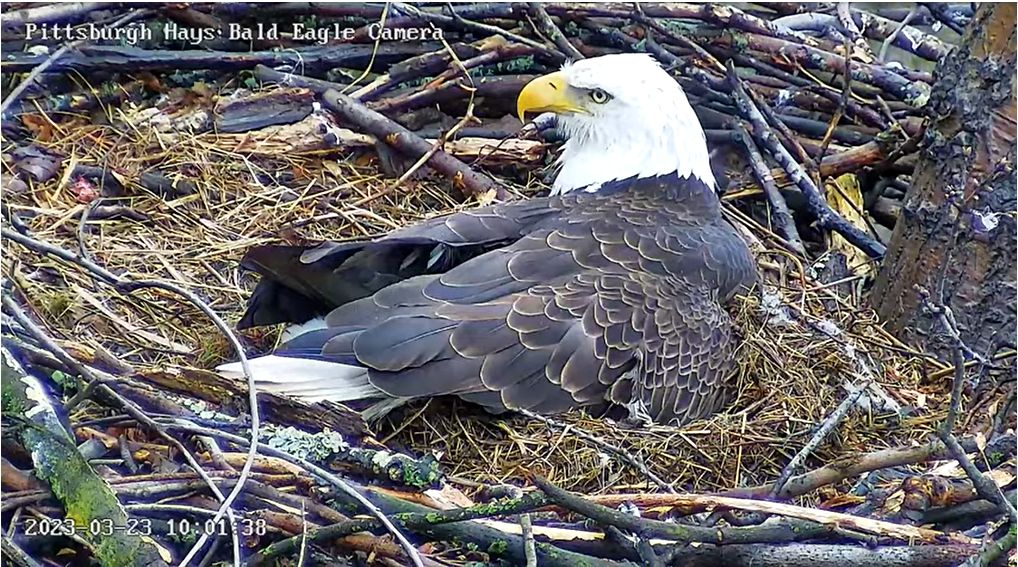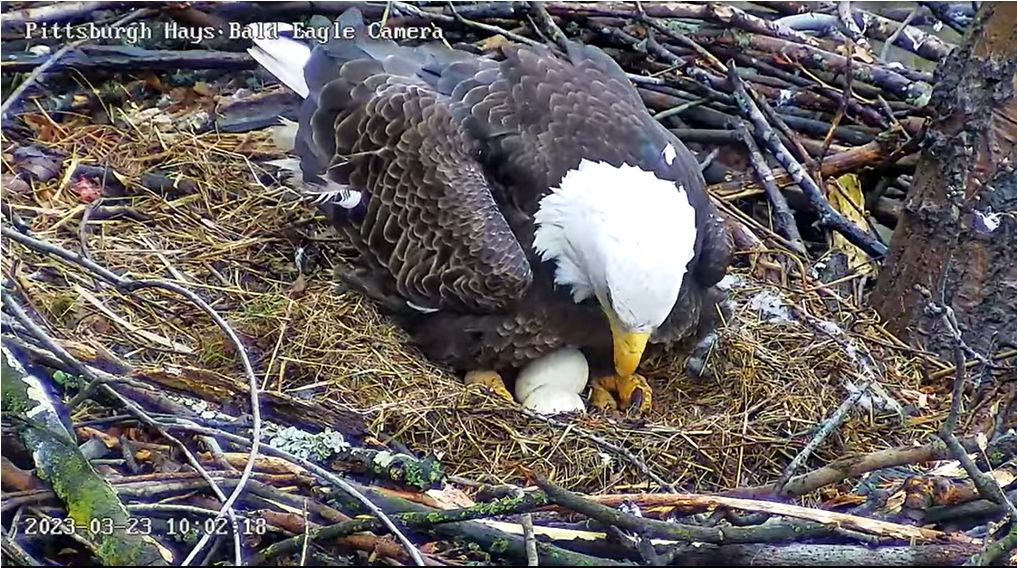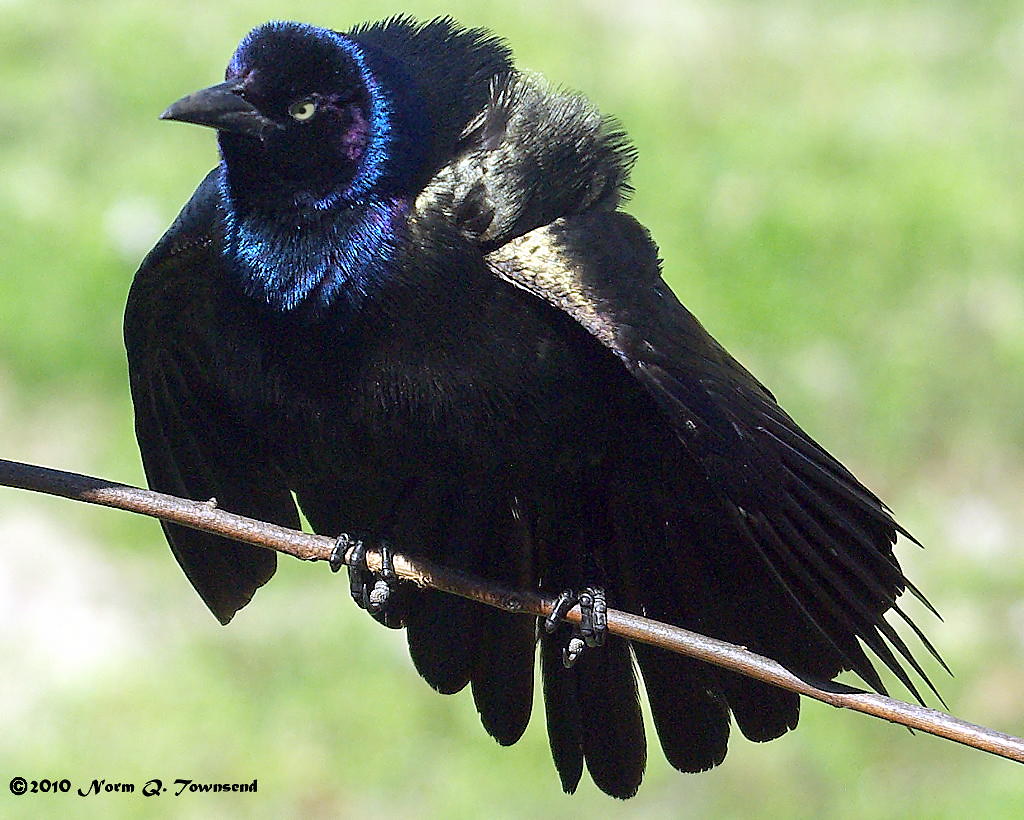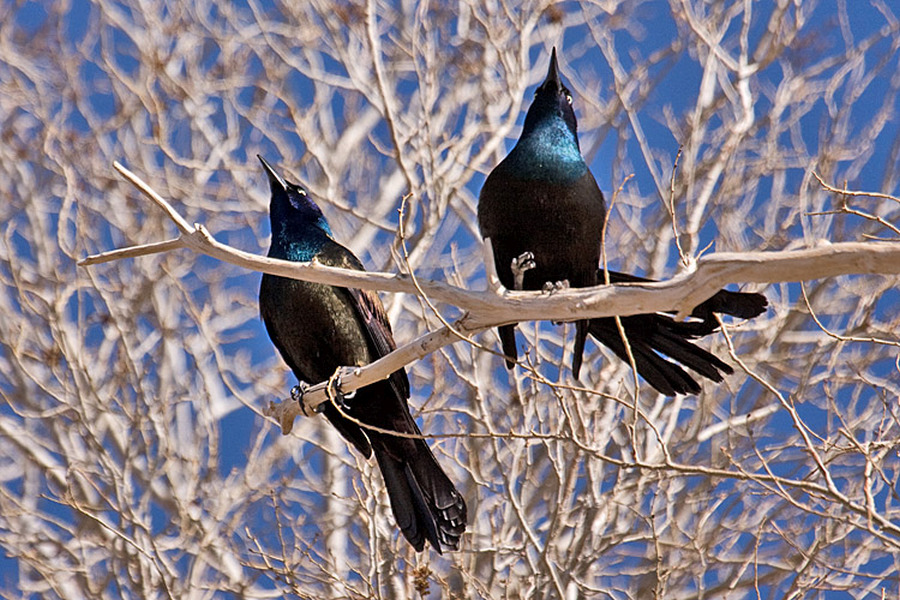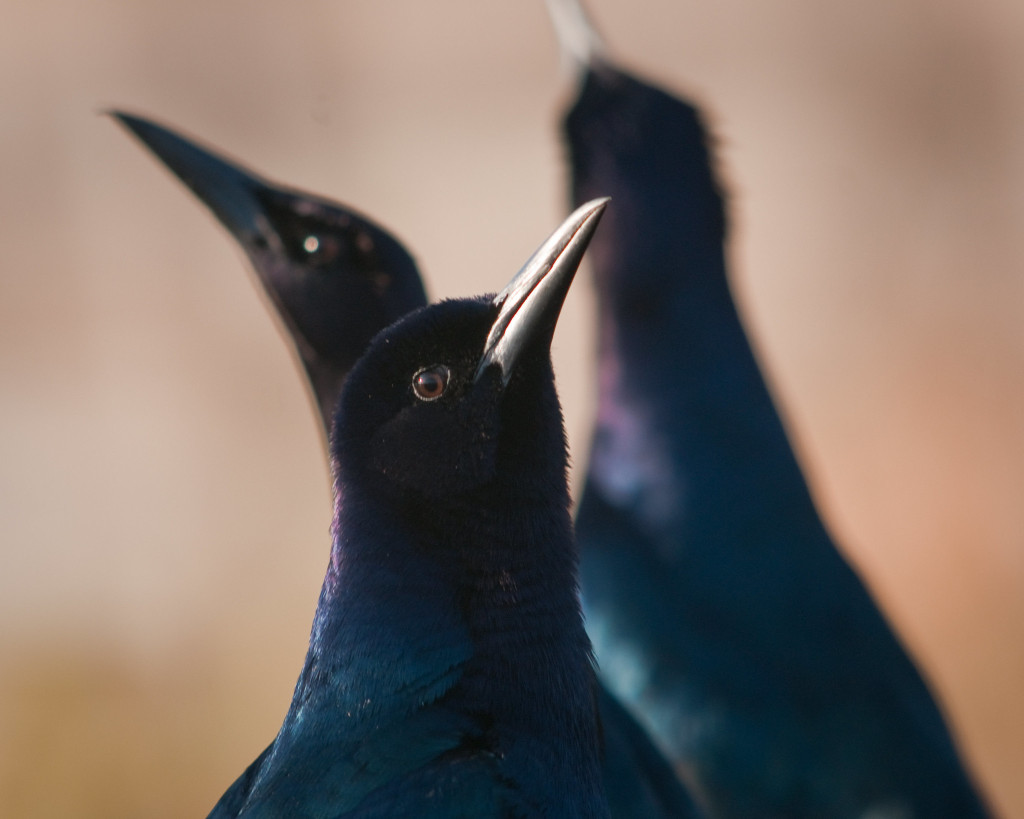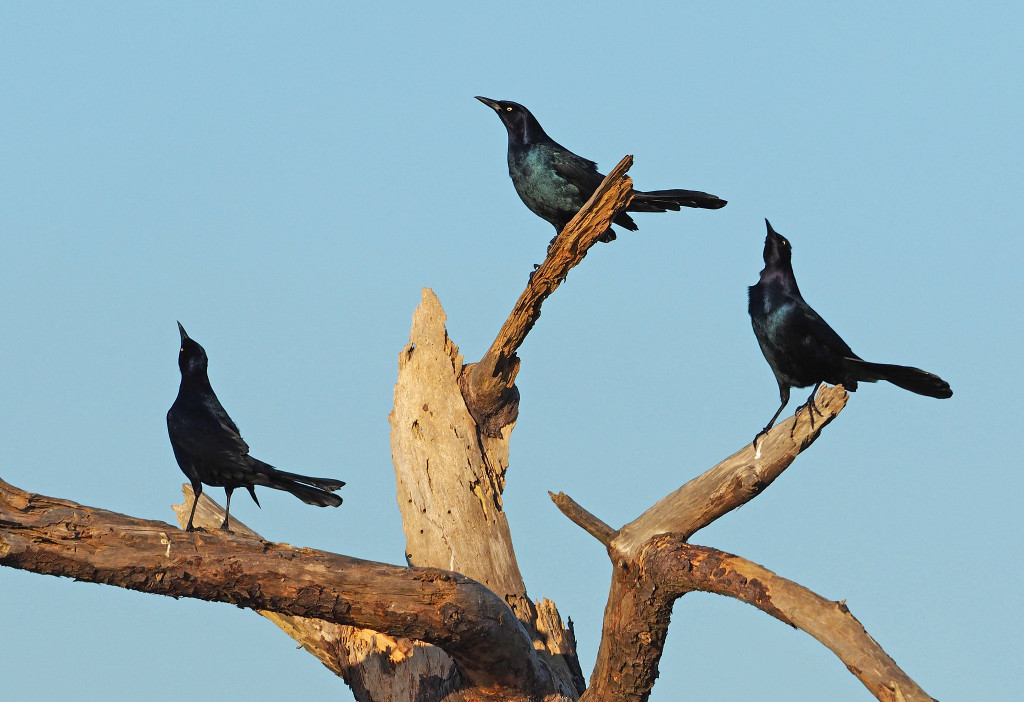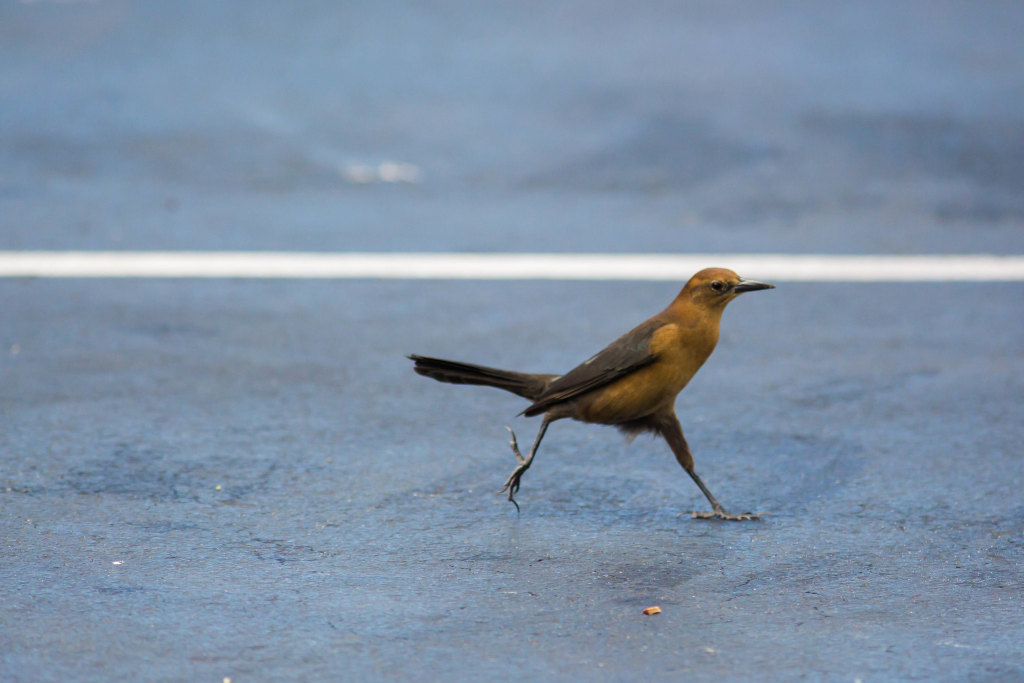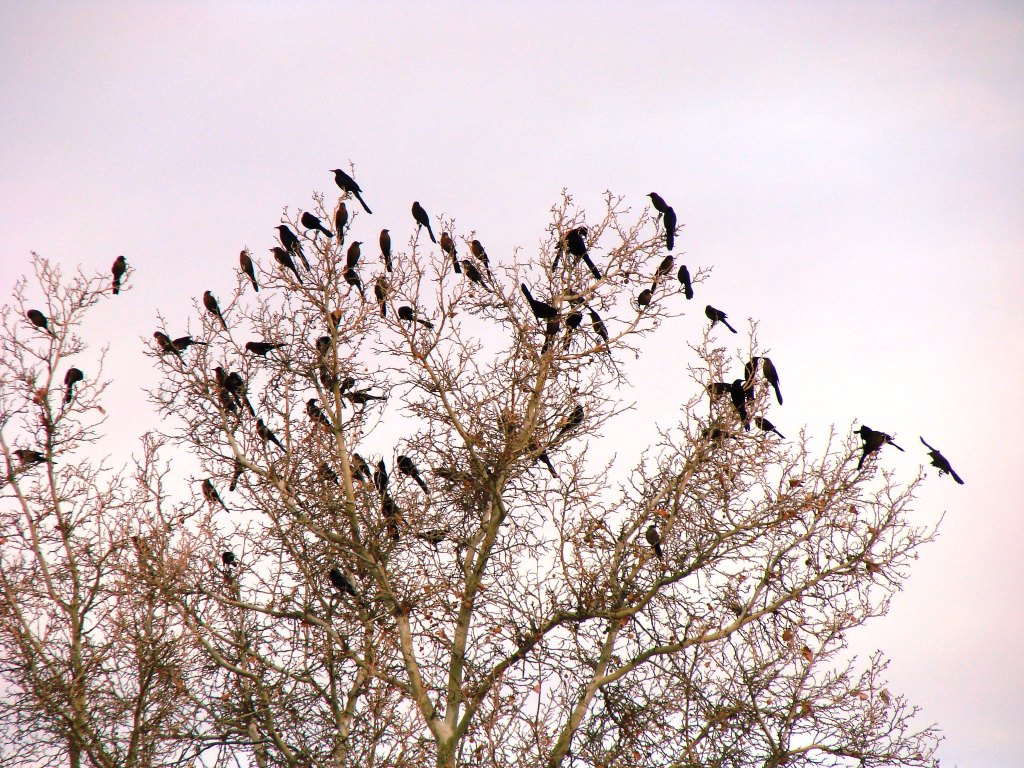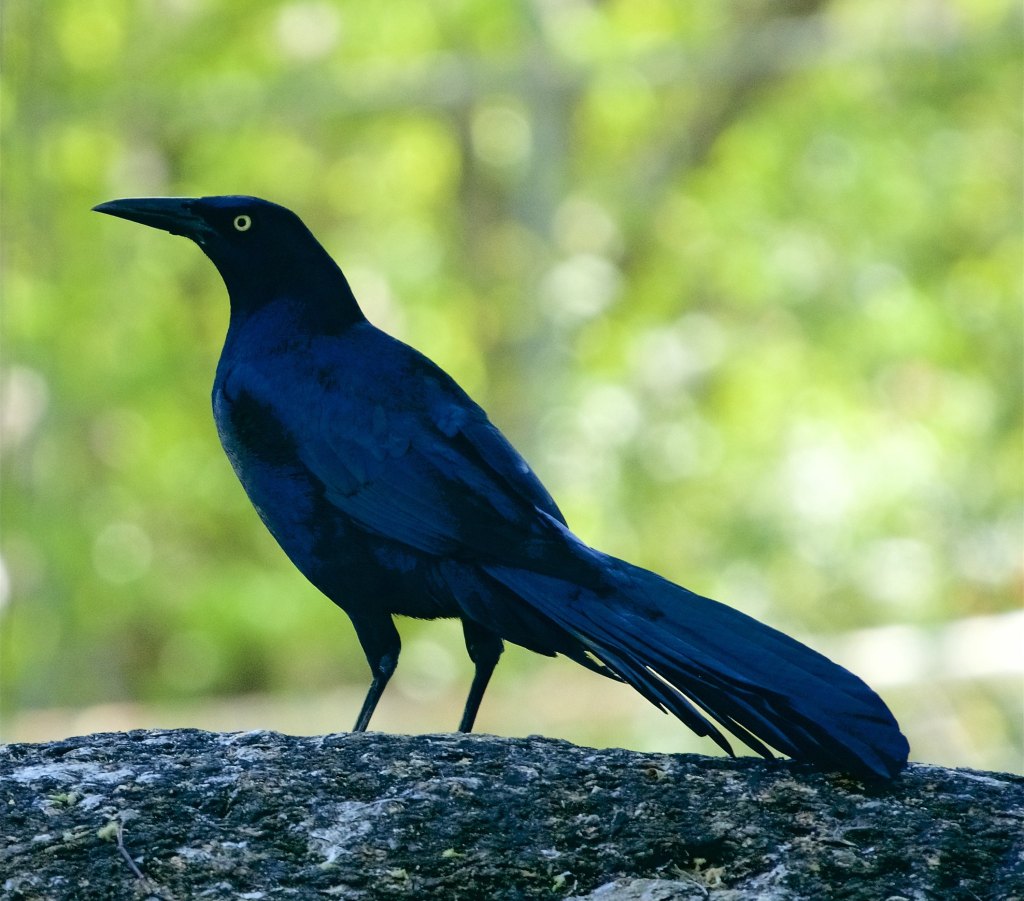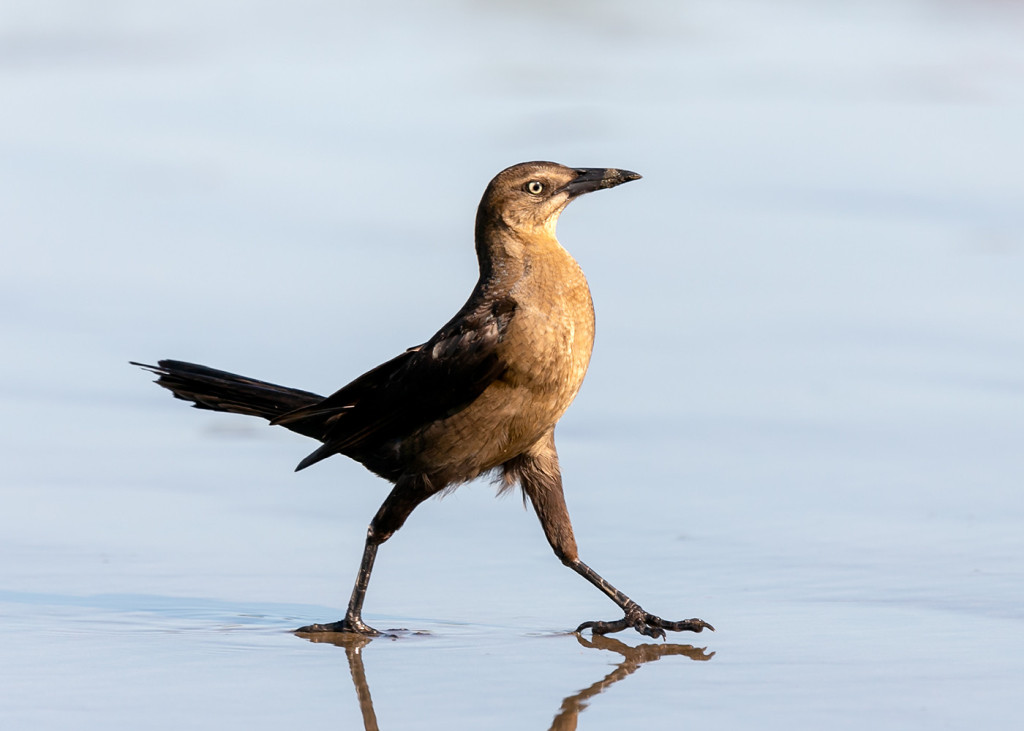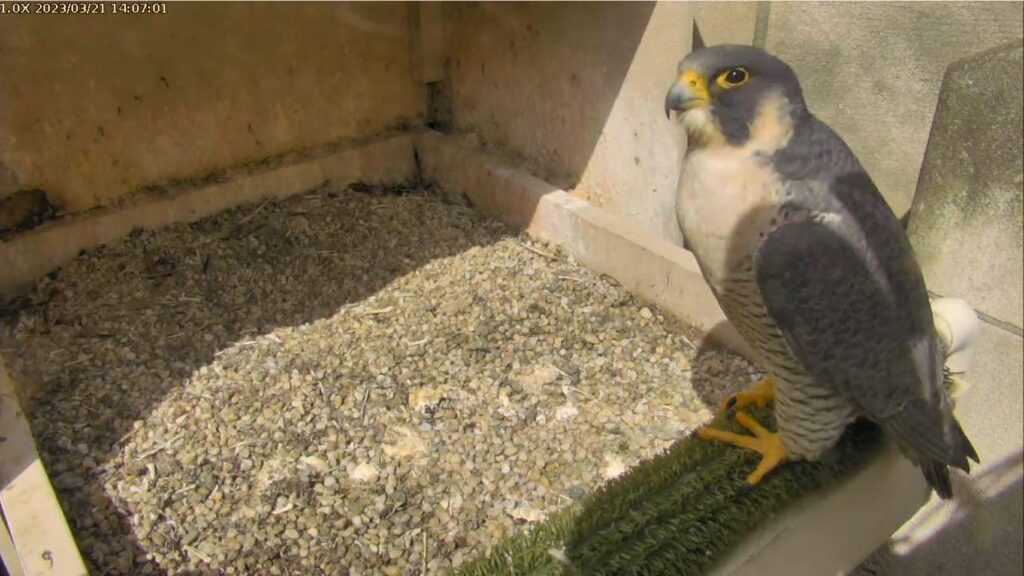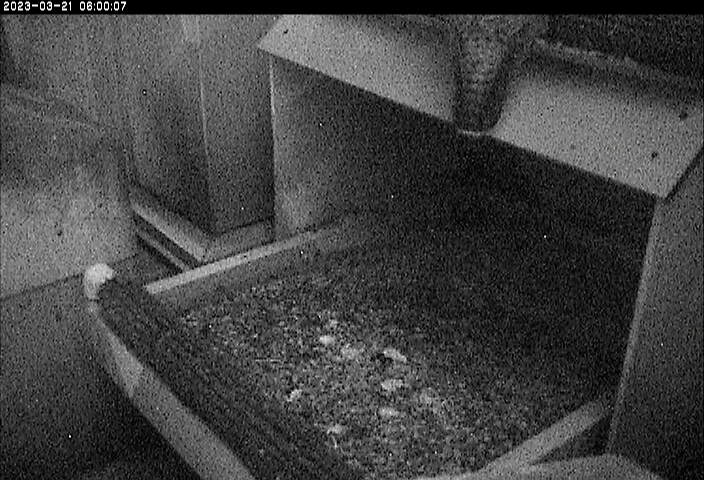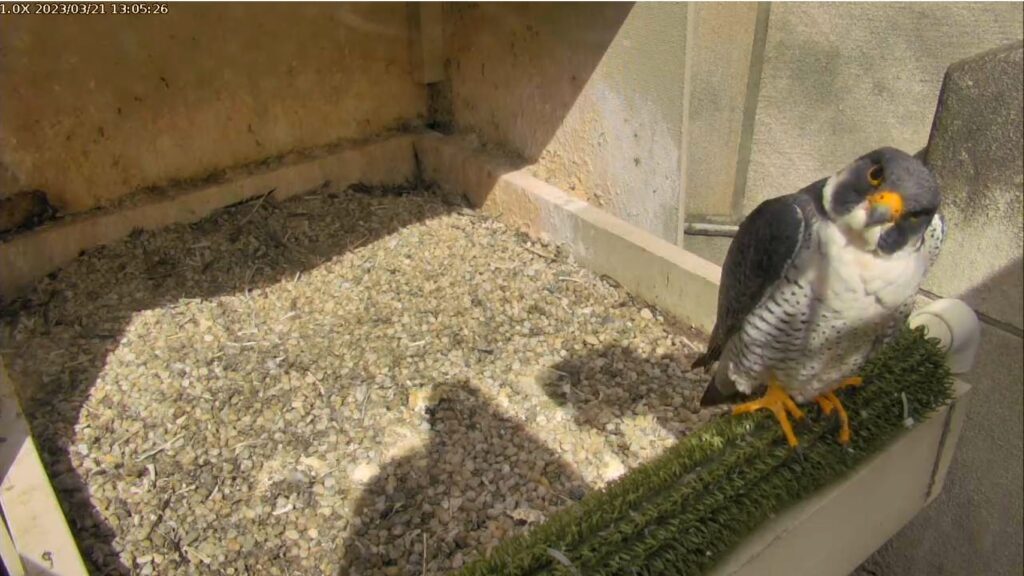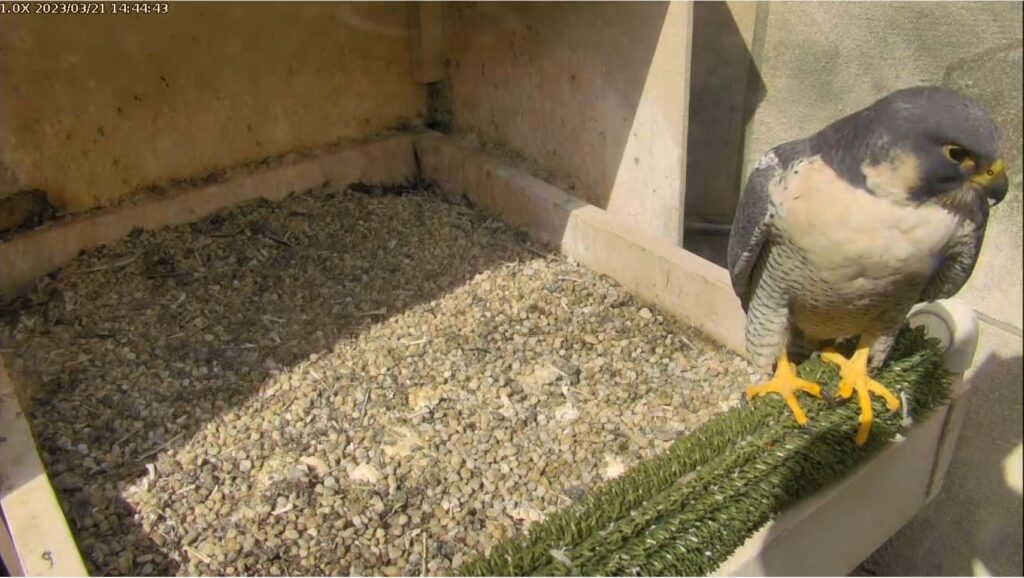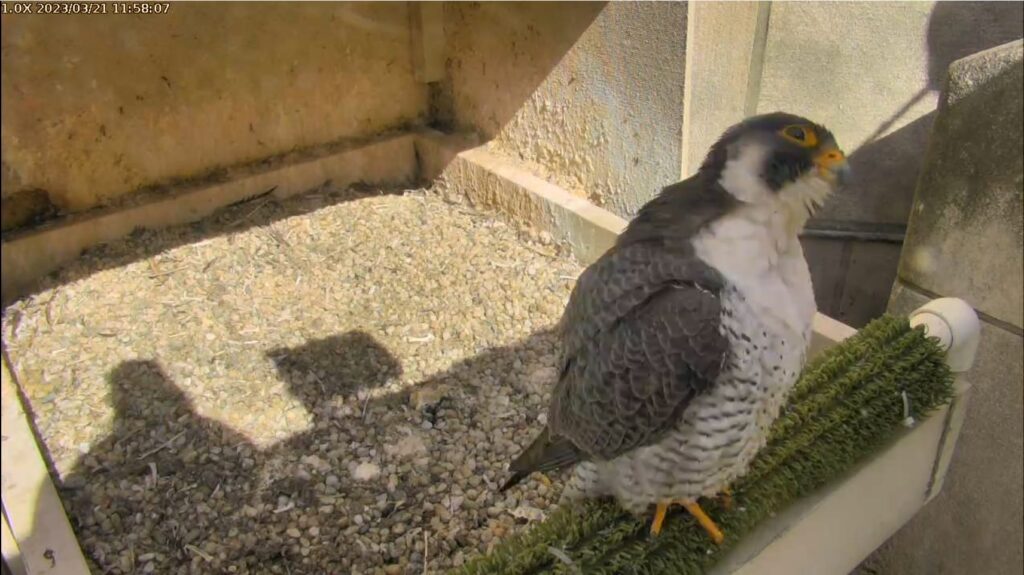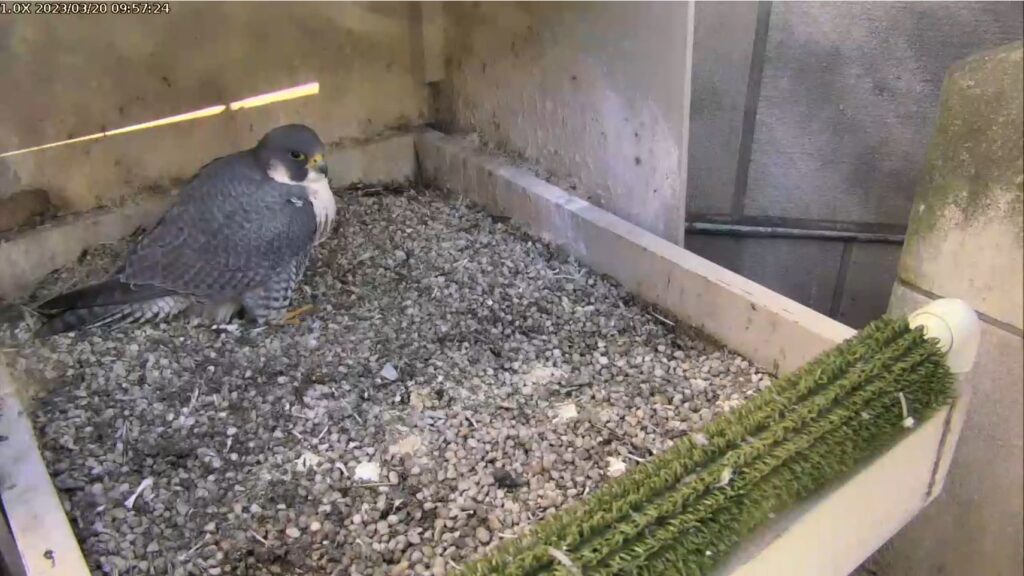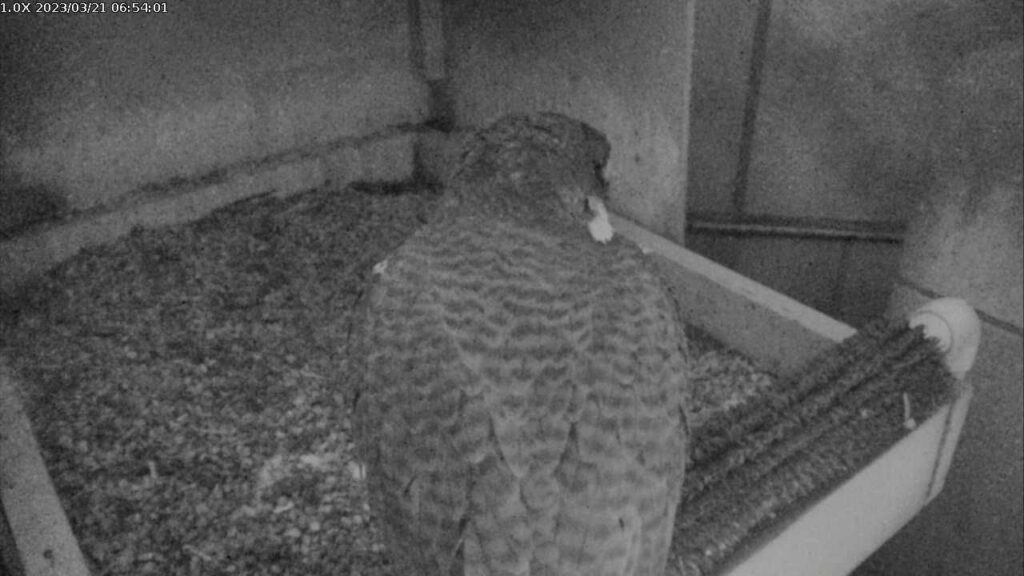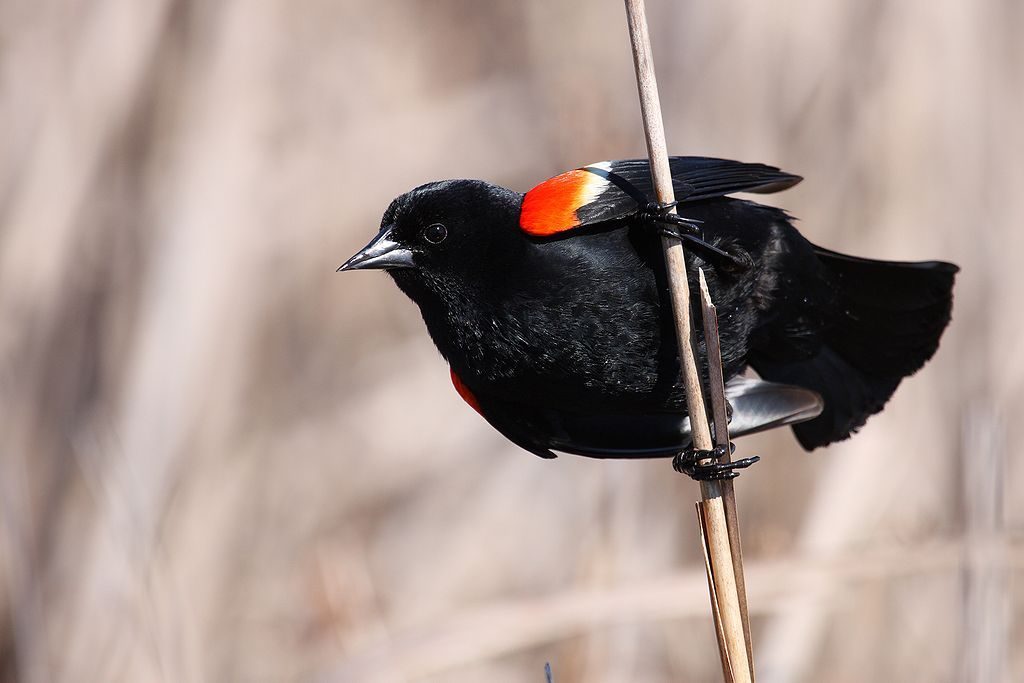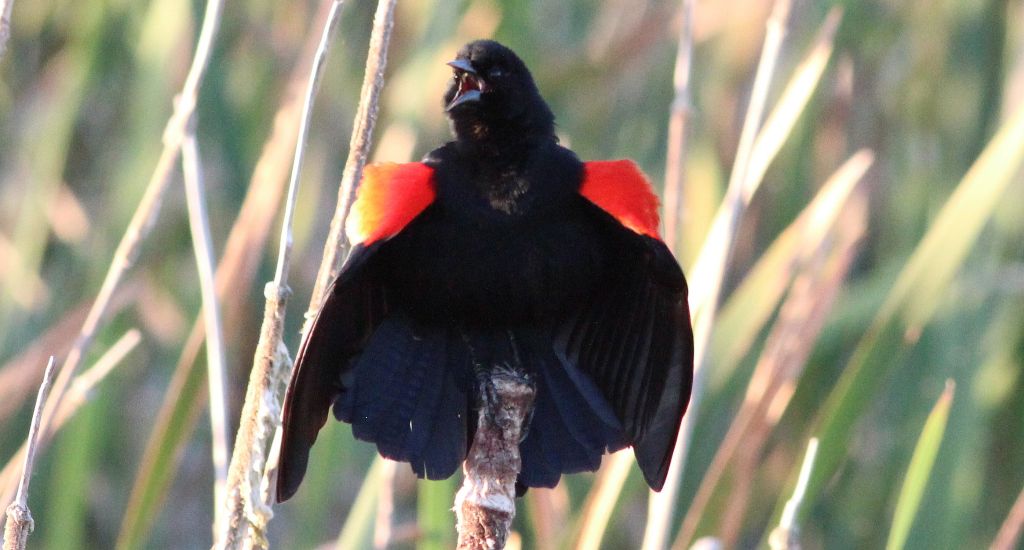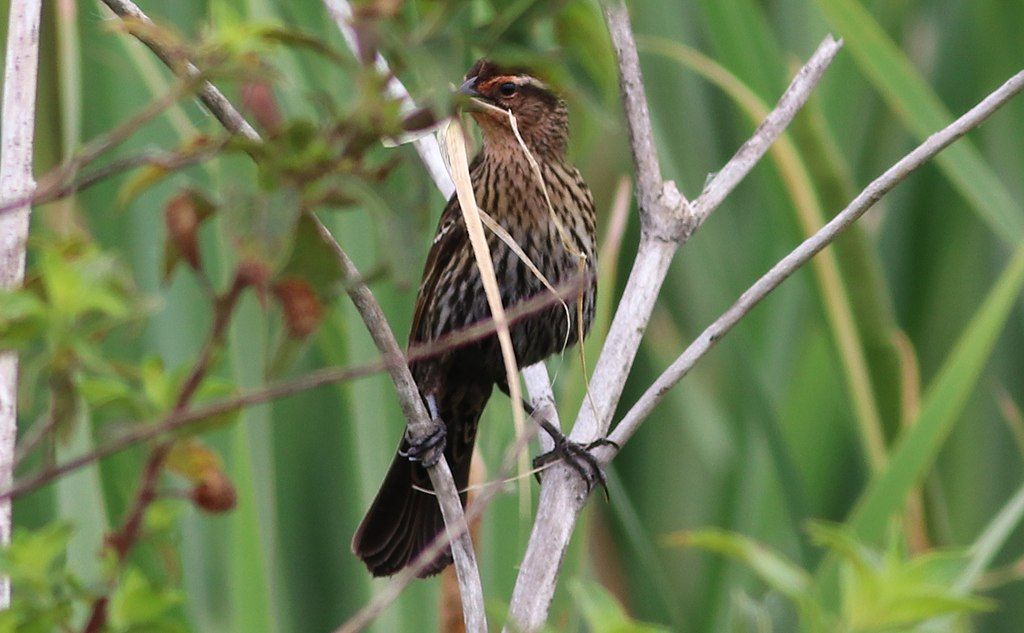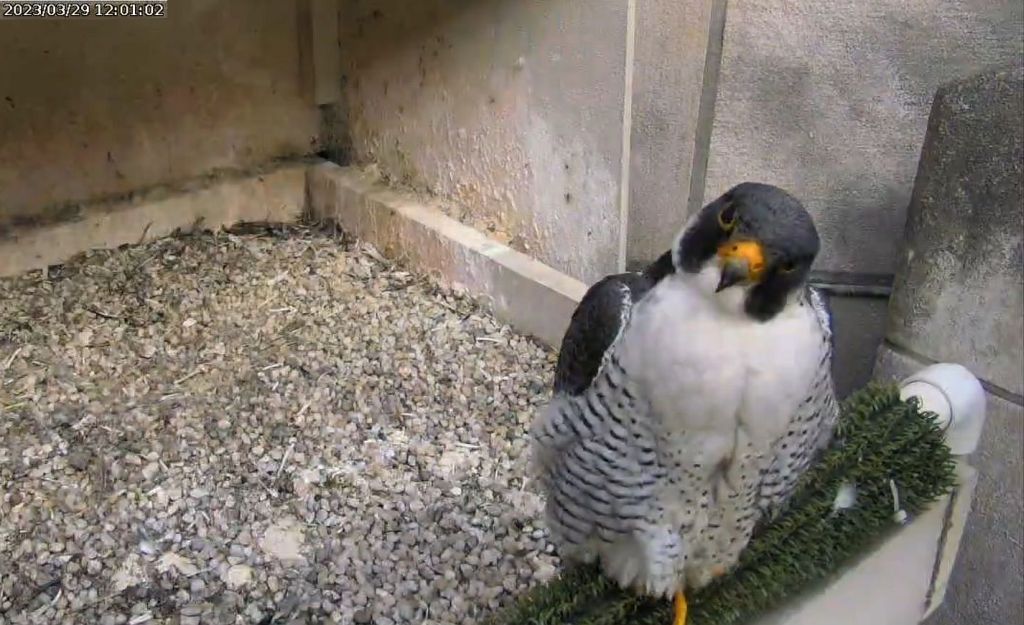
31 March 2023
This month southwestern Pennsylvania’s peregrine falcons got down to the serious business of defending their territories (at Pitt) and laying eggs, summarized in the spreadsheet below.
Note the last line! Margaret & Roger Higbee + others saw a peregrine along US 422 near Craigsville, Armstrong County. It’s an odd location but noteworthy in that it’s 8+ miles due east of the Kittanning nest site on the US 422 Bridge.
And now for the details.
Cathedral of Learning, Univ of Pittsburgh:
After chasing off a challenger during the third week of March Morela returned to the Cathedral of Learning nest and is again getting in the mood for egg laying. During the day she’s perched on the building but not on camera. At dusk she arrives to spend at least part of each night at the nest.
Though Morela did not lay yet this spring, her hormonal situation may be similar to having lost a clutch of eggs. According to Birds of the World, in temperate latitudes [such as Pittsburgh] clutch may be replaced in about 2 weeks if first clutch is lost.
Downtown Pittsburgh:
On 3 March Jeff Cieslak stopped by Downtown Pittsburgh and found a pair of peregrines at home on Third Avenue. Both members of last year’s pair, Terzo and Dori, were banded so he could tell immediately that the unbanded female is new. The male is a puzzle; Jeff couldn’t see his legs.
In Jeff’s 27 March photo below, taken from Mt. Washington, it appears that incubation has begun at bottom left.
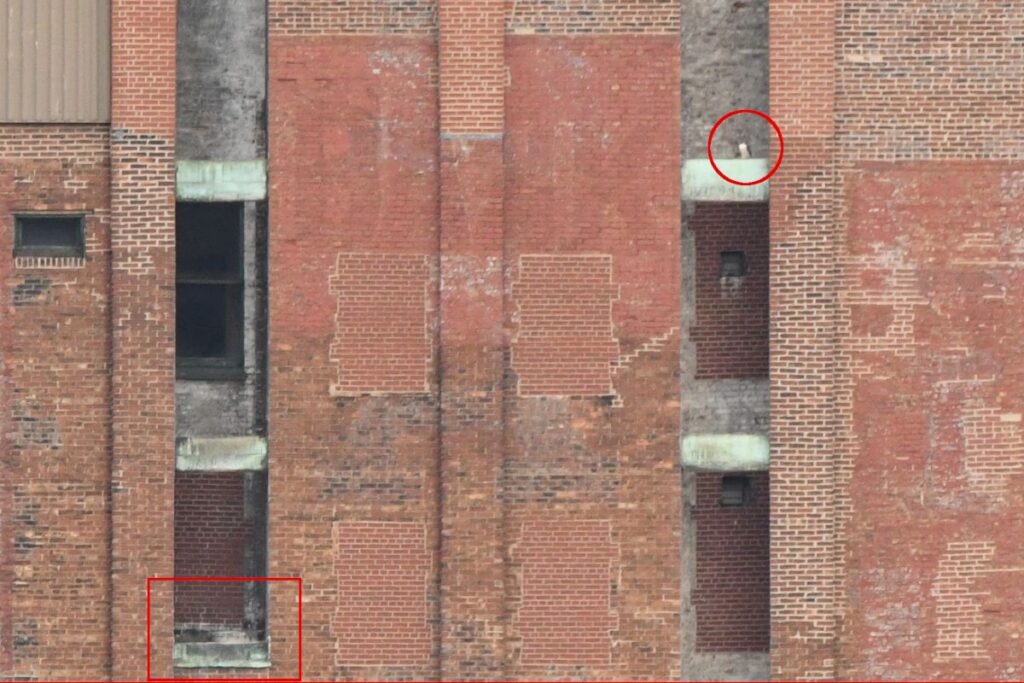
Monaca RR Bridge, Ohio River:
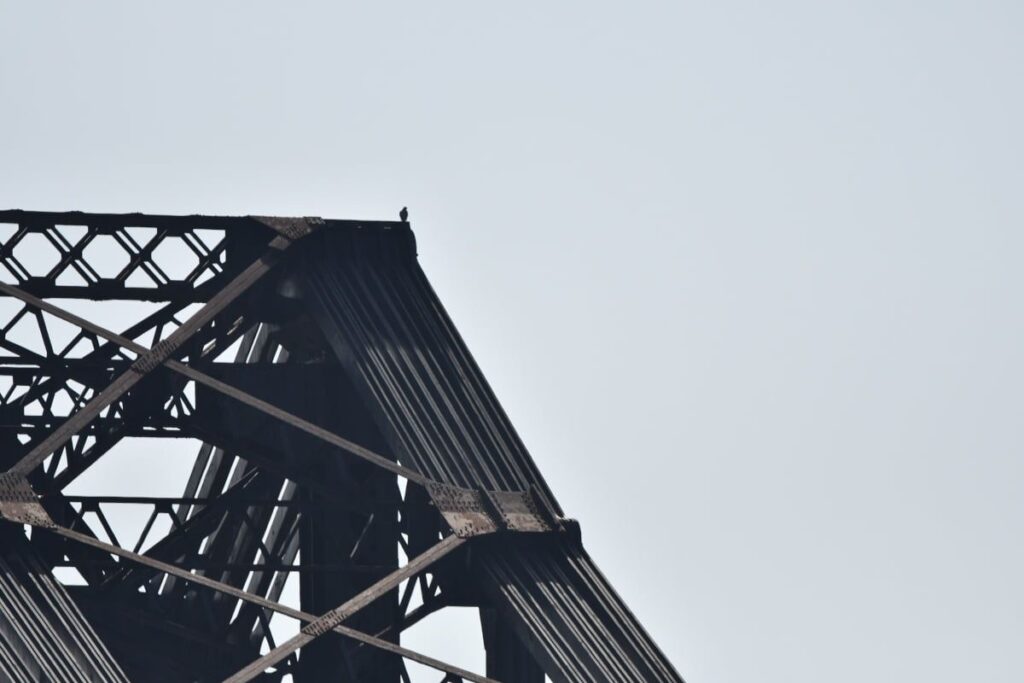
During March Dante Zuccaro reported one or two peregrines almost every day at the Monaca Railroad Bridge. He last saw two on 18 March, but now only one. Perhaps incubation has begun.
Ambridge-Aliquippa Bridge, Ohio River:

Every once in a great while a solo peregrine is seen perched on the Ambridge-Aliquippa Bridge. The last incident happened to be this week, 28 March.
Sewickley Bridge, Ohio River:
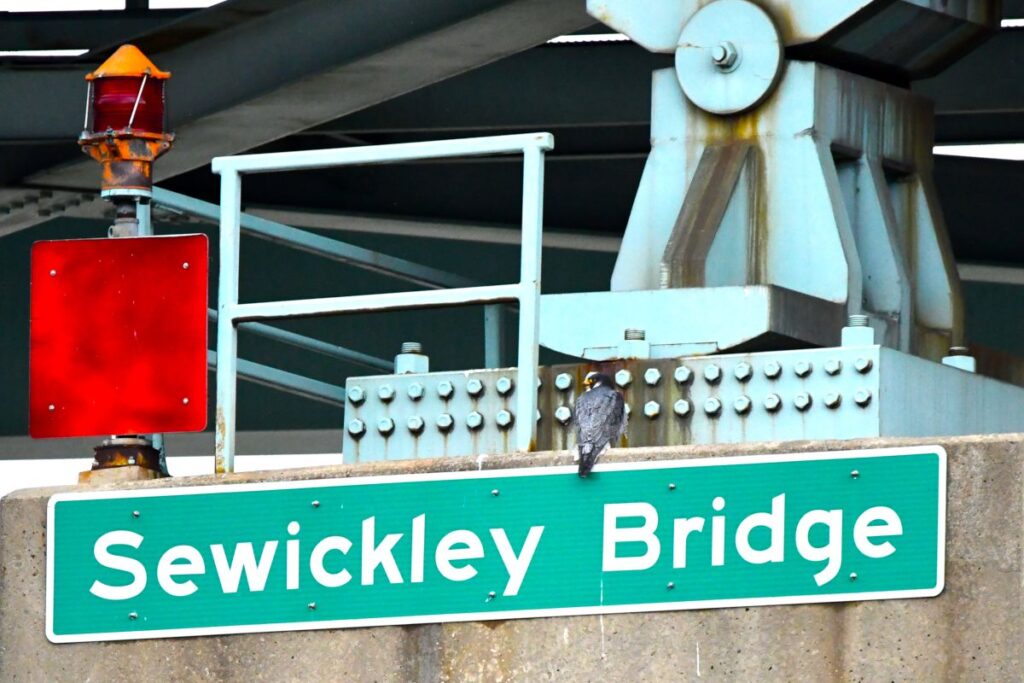
Like the Ambridge-Aliquippa Bridge, a solo peregrine is sometimes seen on the Sewickley Bridge. The last one was on 14 March.
Eckert Street near McKees Rocks Bridge, Ohio River:
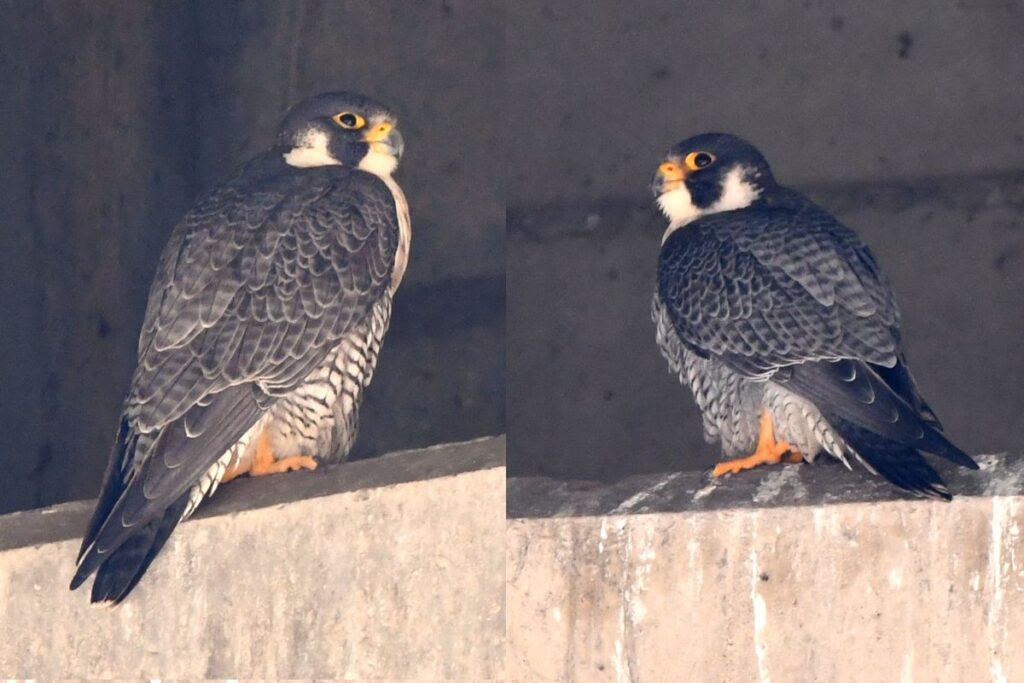
Jeff Cieslak visits the Eckert Street peregrines nearly every day to see them courting loudly(!). On Tuesday the pair bowed near the nest. The female’s belly bulge indicates that eggs are due any day now.
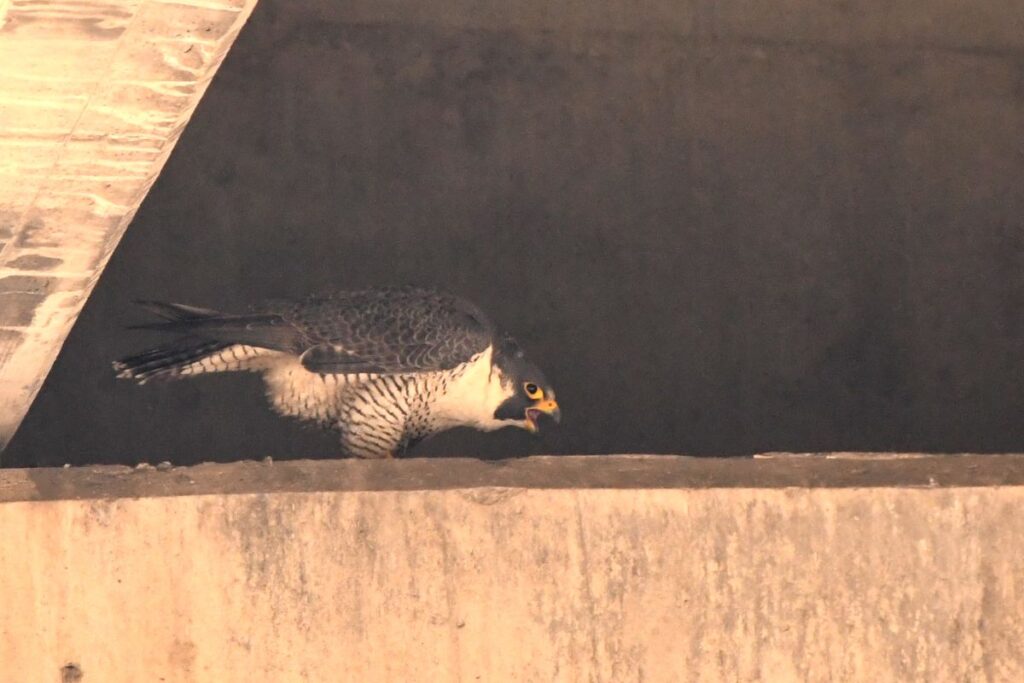
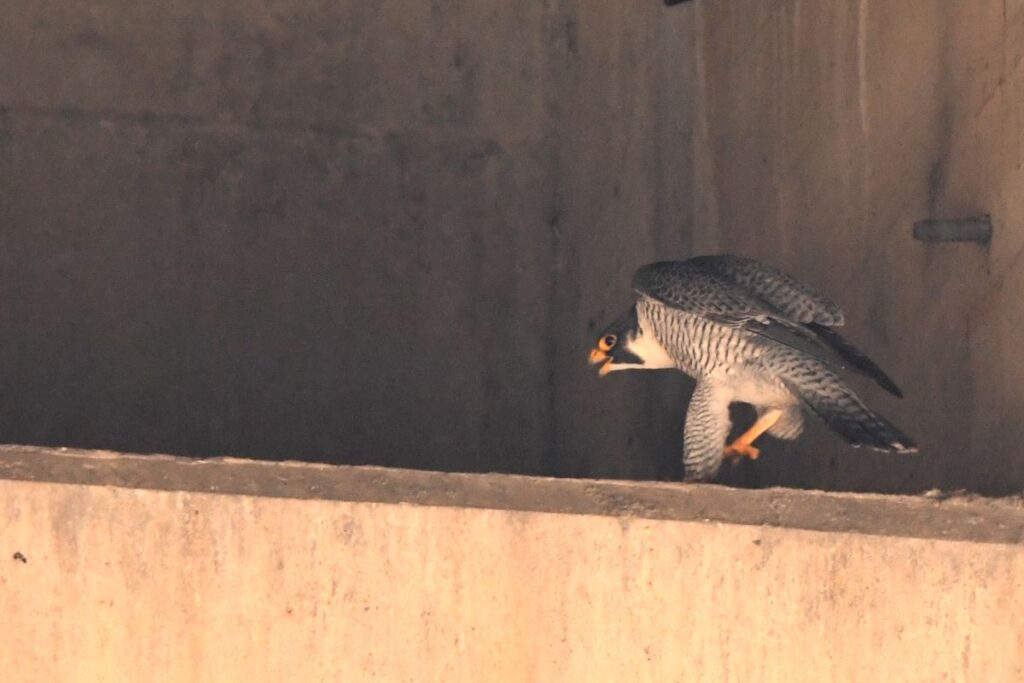
Westinghouse Bridge, Turtle Creek:
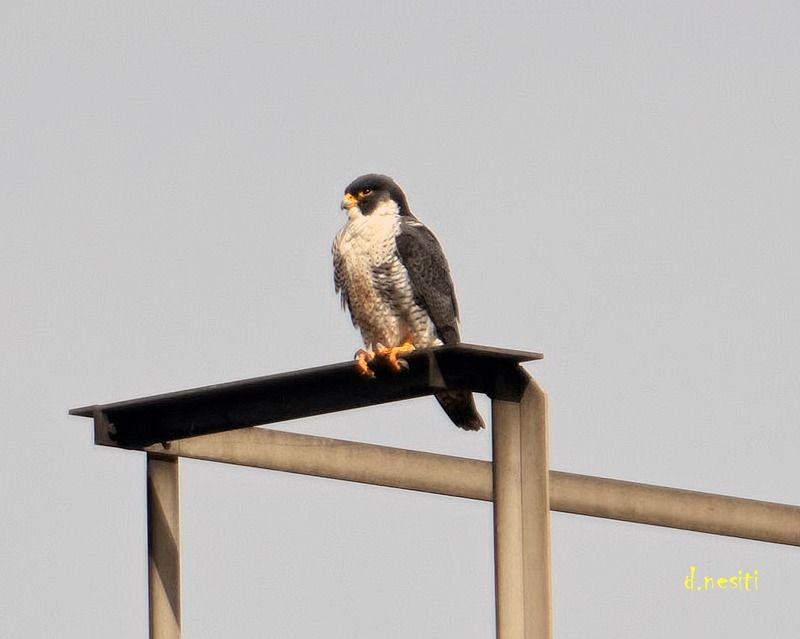
Dana Nesiti saw the male peregrine at the Westinghouse Bridge on 18 March, above, and the pair on 23 March.
62nd Street Bridge / Highland Park Bridge / Aspinwall Riverfront Park, Allegheny River: No photo this time but on 8 March a bunch of observers, myself included, saw one and then two peregrines near the 62nd Street Bridge. We were all at the Sharpsburg Marina to see a long-tailed duck and happened to luck out with the peregrines.
Tarentum Bridge, Allegheny River:
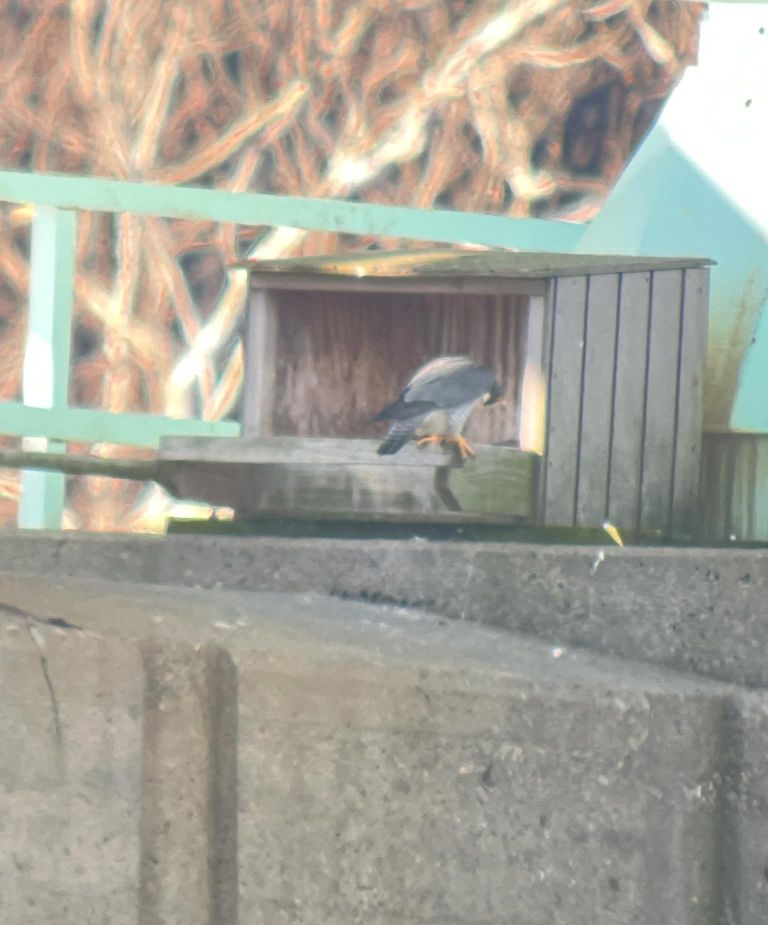
This week Dave Brooke suspected that the female peregrine is incubating at Tarentum Bridge. Yesterday, 30 March, he came very close to confirming it in this photo showing her head-dipping and carefully moving away from the nest so as not to disturb the eggs with her talons.
No news in March from…
- Graff Bridge, Rt 422, Kittanning, Allegheny River
- Clairton Coke Works
- Speers Railroad Bridge, Washington County, Monongahela River: A solo peregrine was seen on 25 February. No news since then.
Check out any of these sites and tell me what you see. Need directions? Leave a comment.
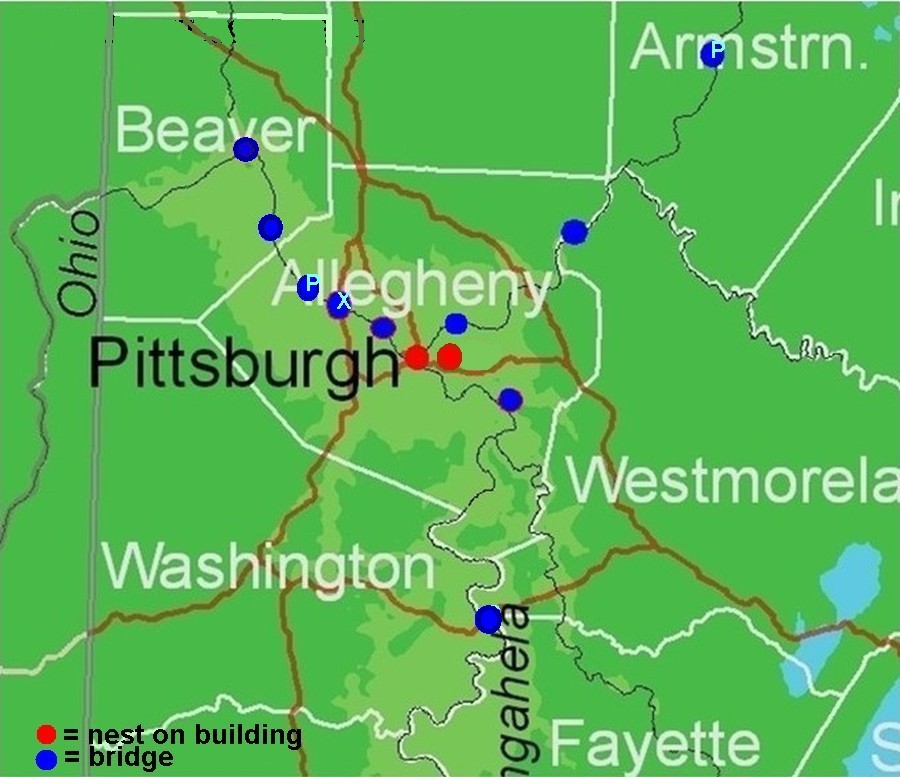
(photos by Kate St. John, National Aviary falconcam at Univ of Pittsburgh, Jeff Cieslak, Dana Nesiti, Dave Brooke)
